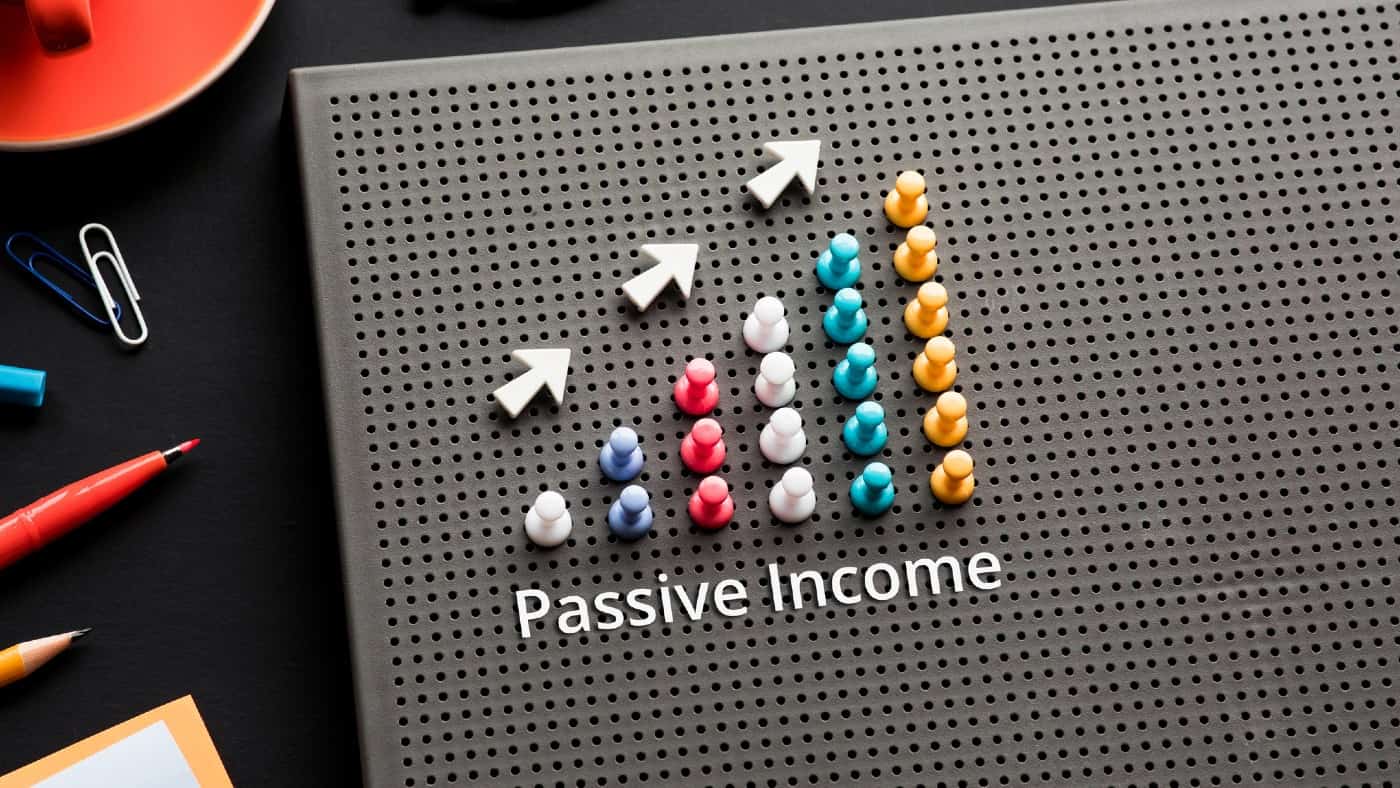When it comes to passive income, I think £1,000 a month is a great goal to aim for.
It’s a decent size of income, being higher than the state pension. But I think it’s also achievable for someone who can save regularly and is willing to invest in stocks.
Best of all, by owning shares in a company, I could take out that income without any extra work. I own some stocks already that pay me regular and automatic dividends into my account, sometimes without me even noticing.
Here’s how I’ll take advantage of that to aim for my £1,000 a month target.
How to get there
To start with, I’m going to use the commonly accepted ‘safe withdrawal rate’ of 4%. The idea behind this is I could take out that percentage for life in passive income, and my original amount is likely to not lose much value.
Using this 4% figure, I would need a £300,000 nest egg to earn £1,000 a month. Let’s say I save £500 a month to target that amount, here’s how long it would take.
If I only saved the money in a non-interest paying bank account, it would take 50 years to reach my goal. That’s a long time, but this option does have the advantage of being very low risk.
An option I like more is to invest in a Cash ISA. Now my savings will give me a small percentage back each year depending on interest rates. These days, I see most ISAs offer around 3% interest. With this, it would take around 31 years to reach that amount.
The best strategy for me, and the one I pursue myself, is to invest in companies. Historical returns of leading indexes in the UK and US are around 10%. With that higher percentage, it would take only 18 years to reach £300,000.
What are the risks?
This kind of strategy is not without risks. Firstly, stocks can be extremely volatile, so I’d need to be calm enough to hold onto my shares during a crisis like the 2020 pandemic or the 2008 housing crash. Both times the stock market recovered, so anyone who sold at the bottom would’ve suffered big losses.
Also, inflation will make money worth less in the future. This is one reason why the ‘safe withdrawal rate’ is 4%, even though most investors expect a higher return from their stocks.
Lastly, how I choose to invest will affect my returns. An index tracker that follows the market and gives average returns is a good option.
But if I invest in specific companies, I can take on more risk for the potential of higher returns. For example, a few smart picks that turn out as lucrative as Google, Apple, or AstraZeneca could reduce the amount of time it takes me to reach my £1,000 monthly income goal.
The best option
Either way, I’m confident that investing in stocks is the best option for my money. I will continue to put my savings into companies for the wealth-building potential.
Hopefully, one day it will give me a passive income of £1,000 a month or perhaps higher.
This post was originally published on Motley Fool





